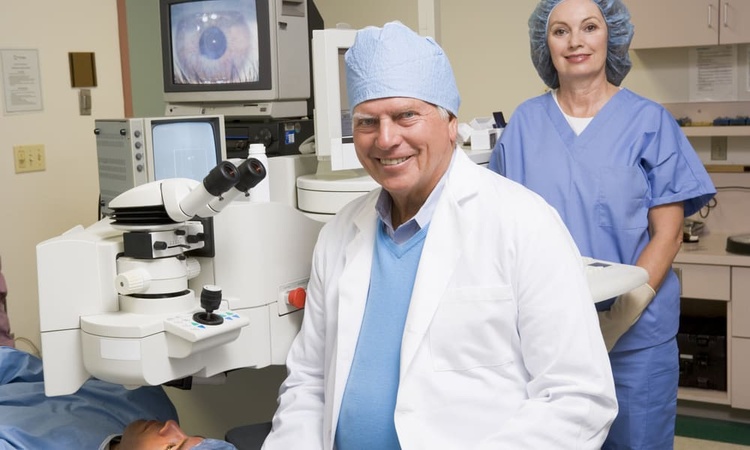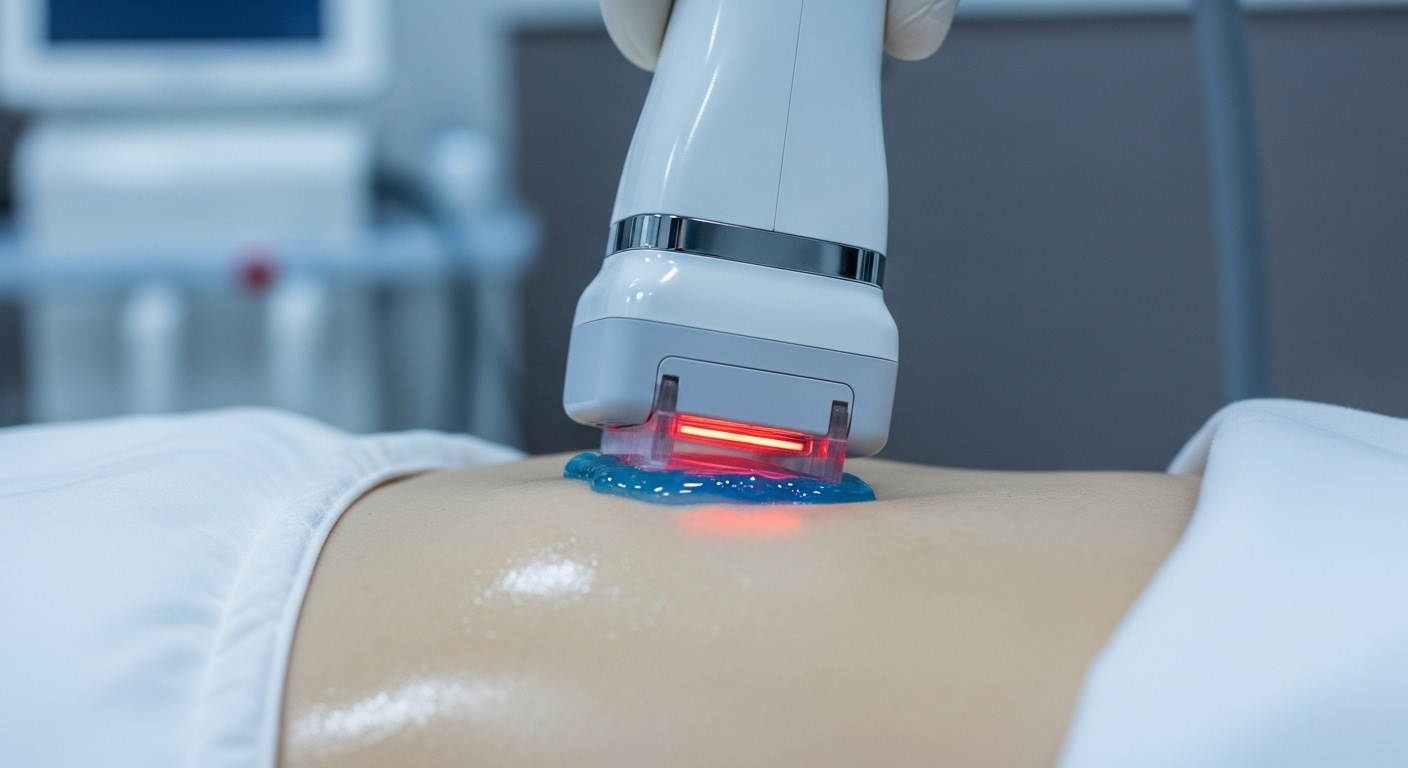Beyond 20/20: Exploring the Latest Refinements in LASIK Technology
LASIK technology continues its rapid evolution, promising outcomes that transcend traditional 20/20 benchmarks. This RSOC feature examines the cutting-edge refinements—from sophisticated wavefront analysis and topography-guided treatments to next-generation femtosecond lasers—that are redefining precision and patient satisfaction in refractive surgery. We explore how these advancements are not only improving visual acuity but also enhancing the quality of vision, minimizing aberrations, and expanding the scope of treatable conditions. Stay informed on the innovations shaping the future of LASIK.

What are the next-generation diagnostic tools for LASIK planning?
The foundation of any successful LASIK procedure lies in accurate pre-operative assessment. Next-generation diagnostic tools have significantly improved the precision of LASIK planning. Advanced wavefront aberrometers now provide highly detailed maps of the eye’s optical system, measuring both lower-order aberrations (like nearsightedness and astigmatism) and higher-order aberrations that affect visual quality.
Corneal topographers have also seen remarkable advancements. High-resolution Scheimpflug imaging and optical coherence tomography (OCT) now offer unprecedented detail of corneal structure and thickness. These tools allow surgeons to create highly personalized treatment plans, addressing unique characteristics of each patient’s eyes that were previously undetectable.
How do advanced ablation profiles improve visual quality?
The impact of advanced ablation profiles on visual quality and higher-order aberrations has been significant. Traditional LASIK focused primarily on correcting lower-order aberrations, sometimes at the expense of introducing new higher-order aberrations. Modern ablation profiles, however, are designed to minimize the induction of these aberrations while correcting refractive errors.
Topography-guided and wavefront-optimized treatments tailor the laser ablation pattern to each patient’s unique corneal shape and optical system. This personalized approach not only improves visual acuity but also enhances contrast sensitivity and night vision. Patients often report better overall visual quality, with reduced glare and halos, especially in low-light conditions.
What innovations in femtosecond laser technology enhance safety?
Exploring femtosecond laser innovations reveals significant enhancements in safety and flap creation. The femtosecond laser, used to create the corneal flap in LASIK, has undergone substantial refinements. Newer models offer faster pulse rates and more precise energy control, resulting in smoother flap edges and more predictable flap thickness.
These advancements reduce the risk of flap-related complications and allow for the creation of thinner, more biomechanically stable flaps. Some femtosecond lasers now also feature integrated OCT imaging, enabling real-time monitoring of the flap creation process for enhanced safety and accuracy.
What role does artificial intelligence play in modern LASIK?
Artificial intelligence (AI) is increasingly being integrated into LASIK technology, revolutionizing treatment planning and outcome prediction. AI algorithms can analyze vast amounts of pre-operative data, including corneal topography, wavefront measurements, and patient demographics, to suggest optimal treatment parameters.
Machine learning models are also being developed to predict post-operative outcomes more accurately. These AI-driven predictions can help surgeons and patients make more informed decisions about proceeding with LASIK and set realistic expectations for visual outcomes.
How are LASIK outcomes being improved beyond 20/20 vision?
While achieving 20/20 vision was once the gold standard for LASIK, modern techniques aim for visual acuity that surpasses this benchmark. Many patients now experience vision of 20/15 or even 20/10 after LASIK, thanks to the precision of advanced diagnostic tools and treatment profiles.
Moreover, the focus has shifted from merely correcting refractive errors to optimizing overall visual quality. This includes improving contrast sensitivity, reducing higher-order aberrations, and enhancing functional vision in various lighting conditions. The goal is to provide patients with not just clear vision, but exceptional visual performance in all aspects of their daily lives.
What are the latest developments in LASIK technology?
Recent advancements in LASIK technology continue to push the boundaries of what’s possible in refractive surgery. One exciting development is the integration of cyclorotation control, which compensates for any eye rotation during the procedure, ensuring more accurate treatment delivery.
Another innovation is the development of transepithelial PRK, a surface ablation technique that preserves the epithelium, potentially offering faster healing times and reduced discomfort compared to traditional PRK. Additionally, ongoing research into bioengineered corneas and personalized nomograms promises to further refine LASIK outcomes and expand the pool of suitable candidates.
In conclusion, the latest refinements in LASIK technology are transforming the landscape of refractive surgery. From sophisticated diagnostic tools and advanced ablation profiles to innovative femtosecond lasers and AI integration, these developments are enhancing safety, precision, and visual outcomes. As LASIK continues to evolve, patients can look forward to not just clearer vision, but an overall superior visual experience that goes well beyond the traditional 20/20 benchmark.
This article is for informational purposes only and should not be considered medical advice. Please consult a qualified healthcare professional for personalized guidance and treatment.




